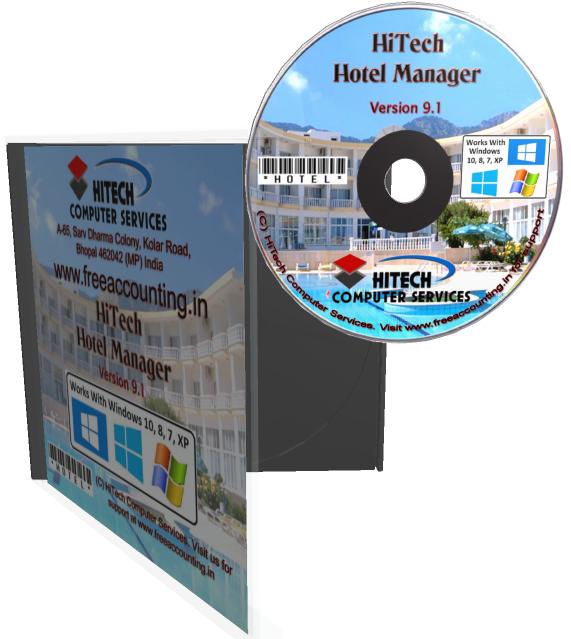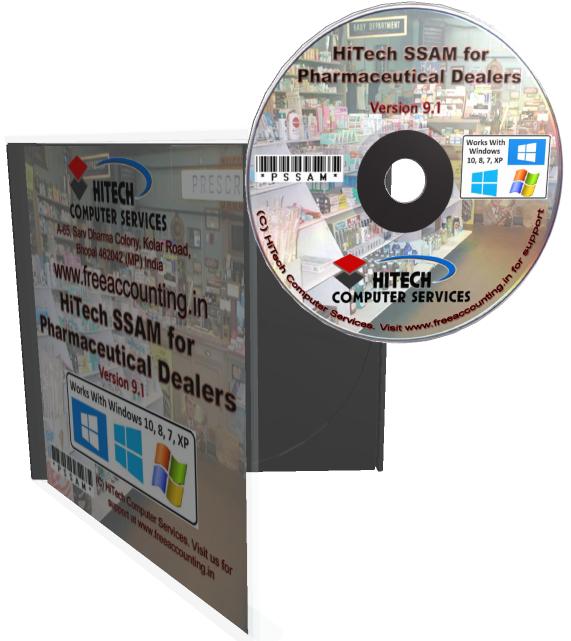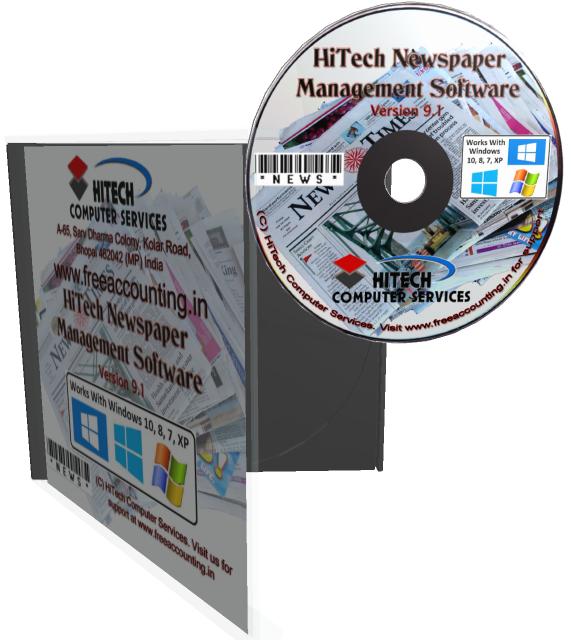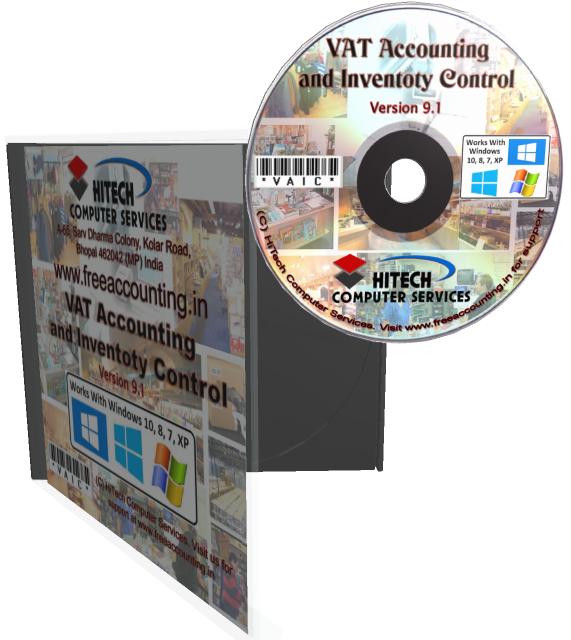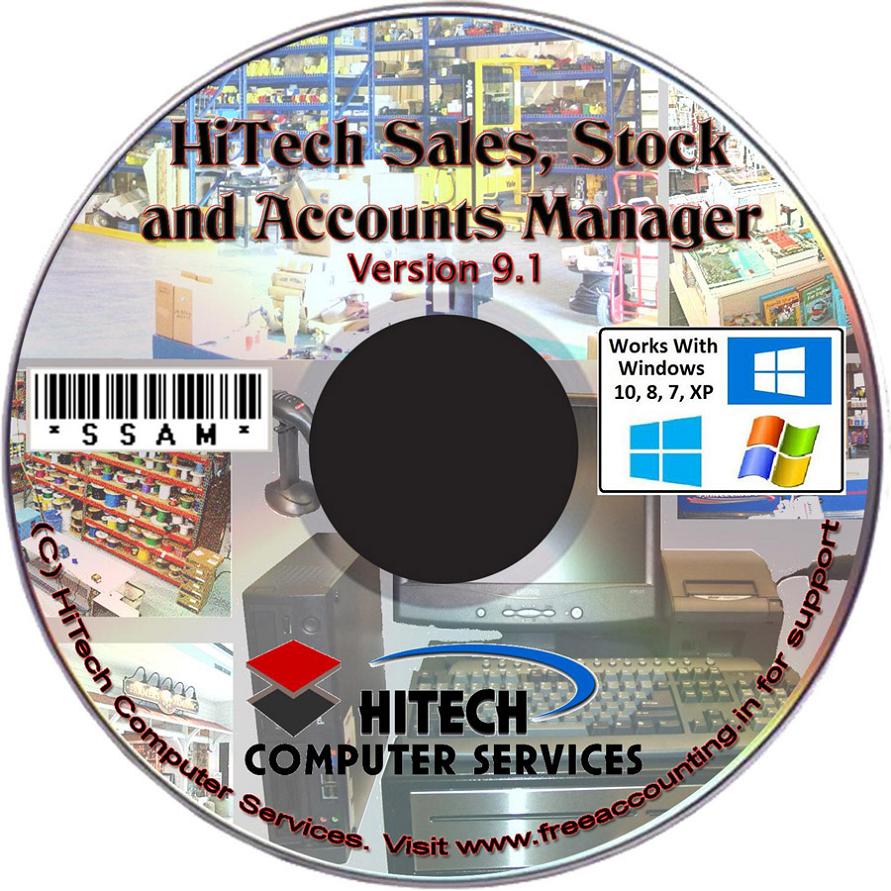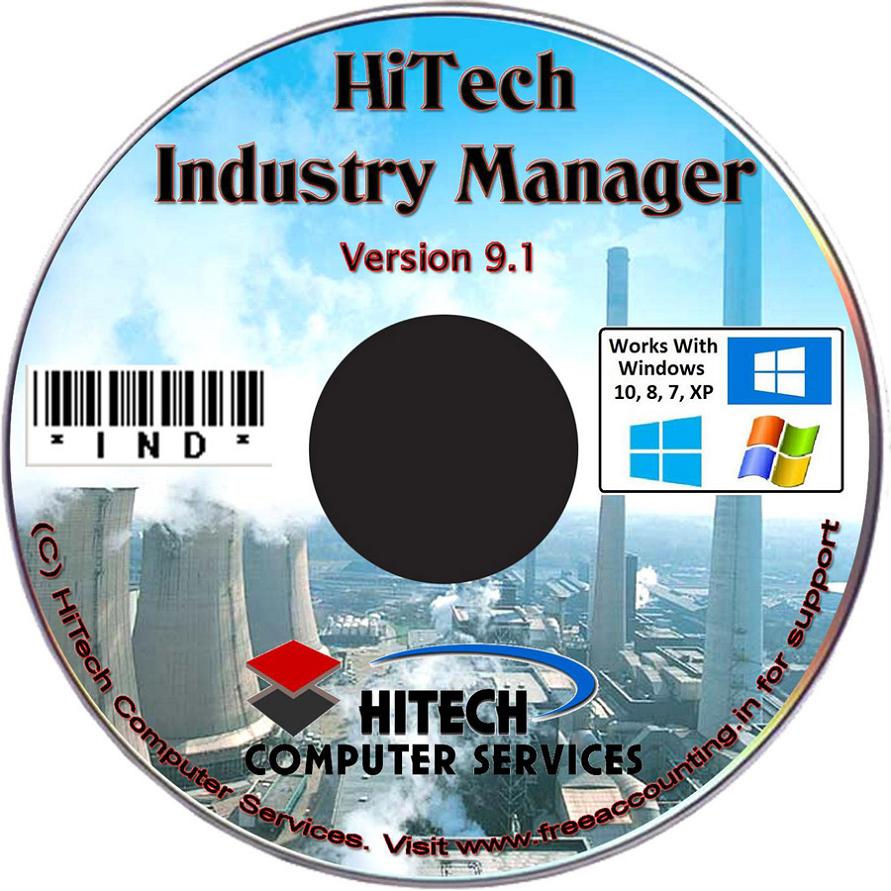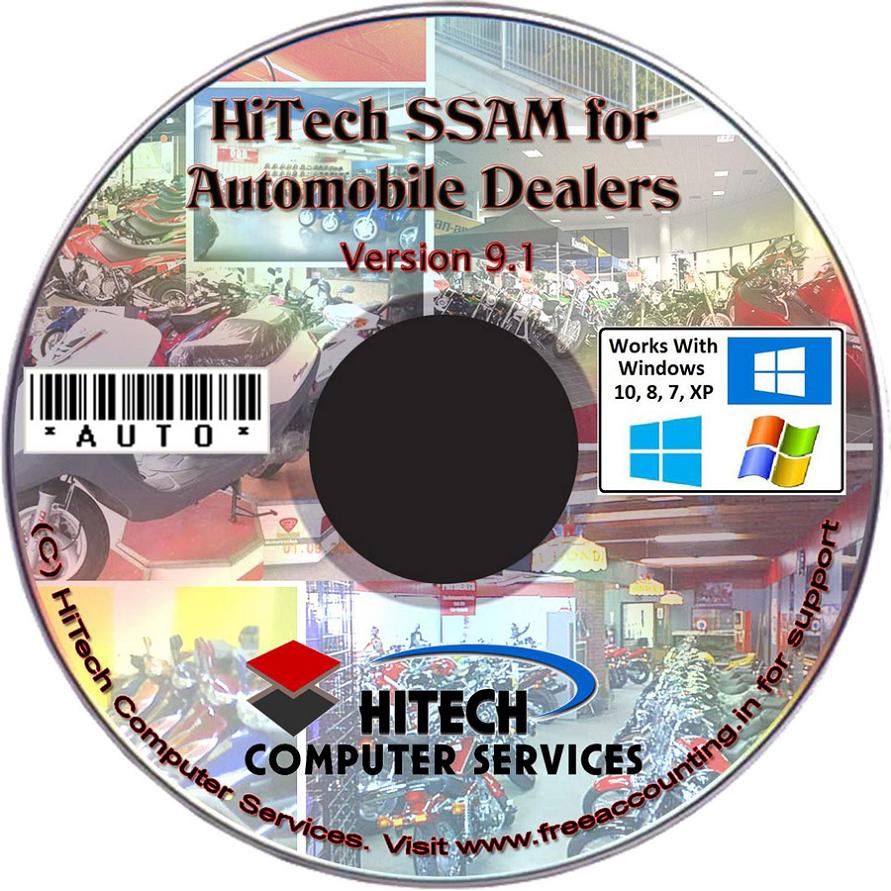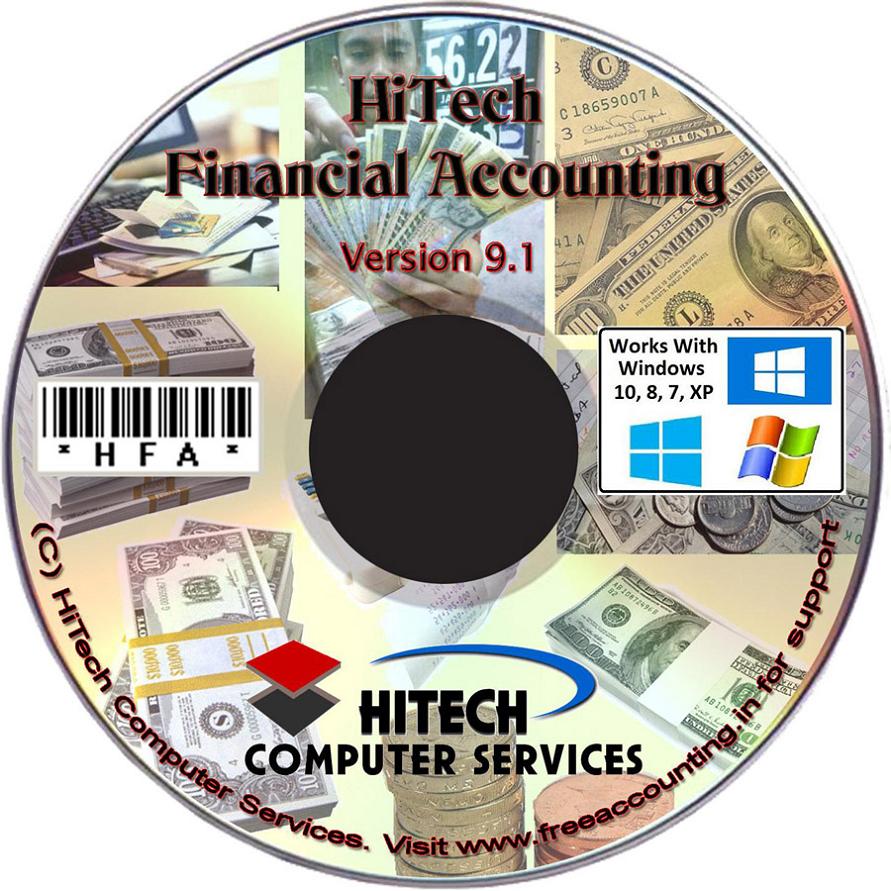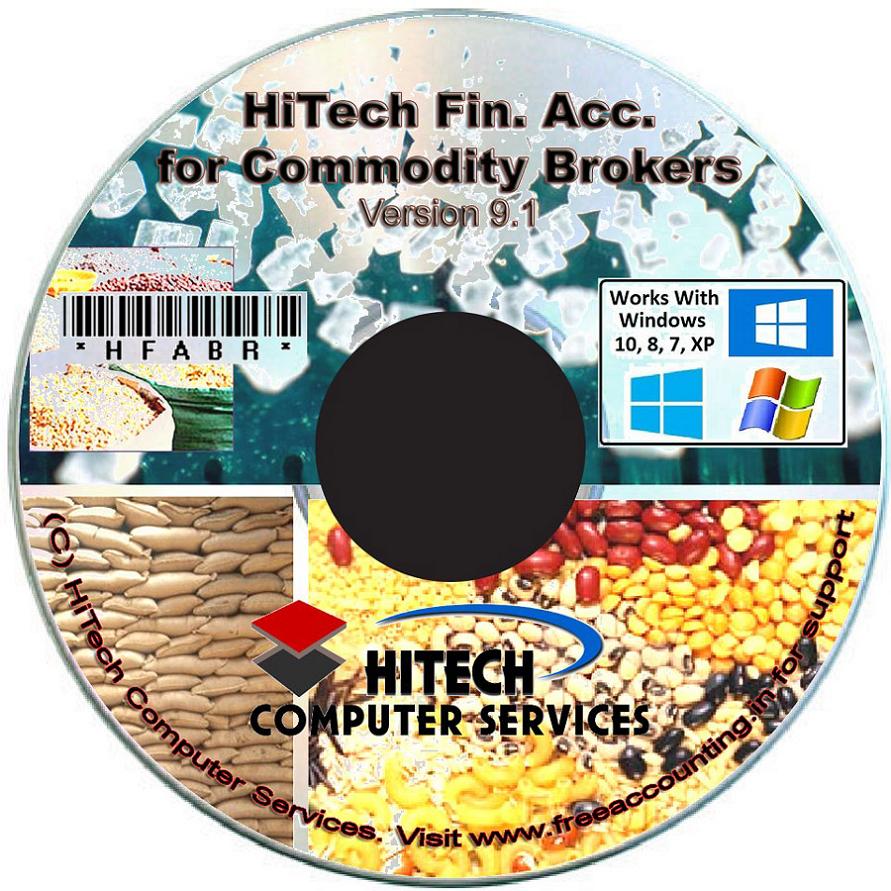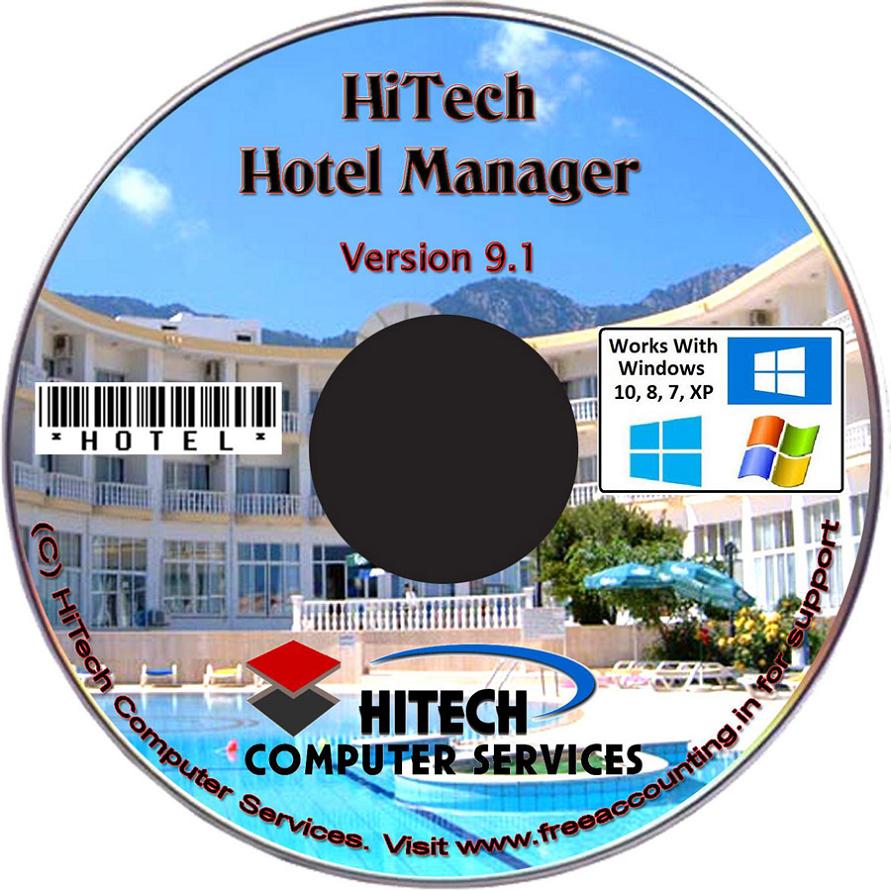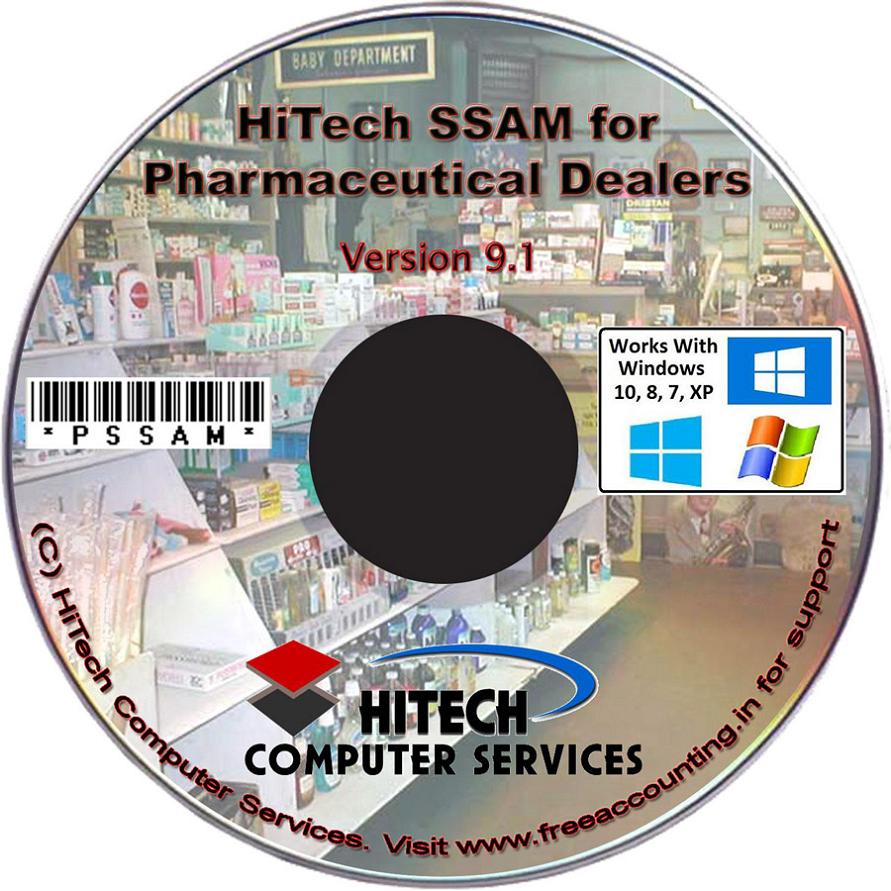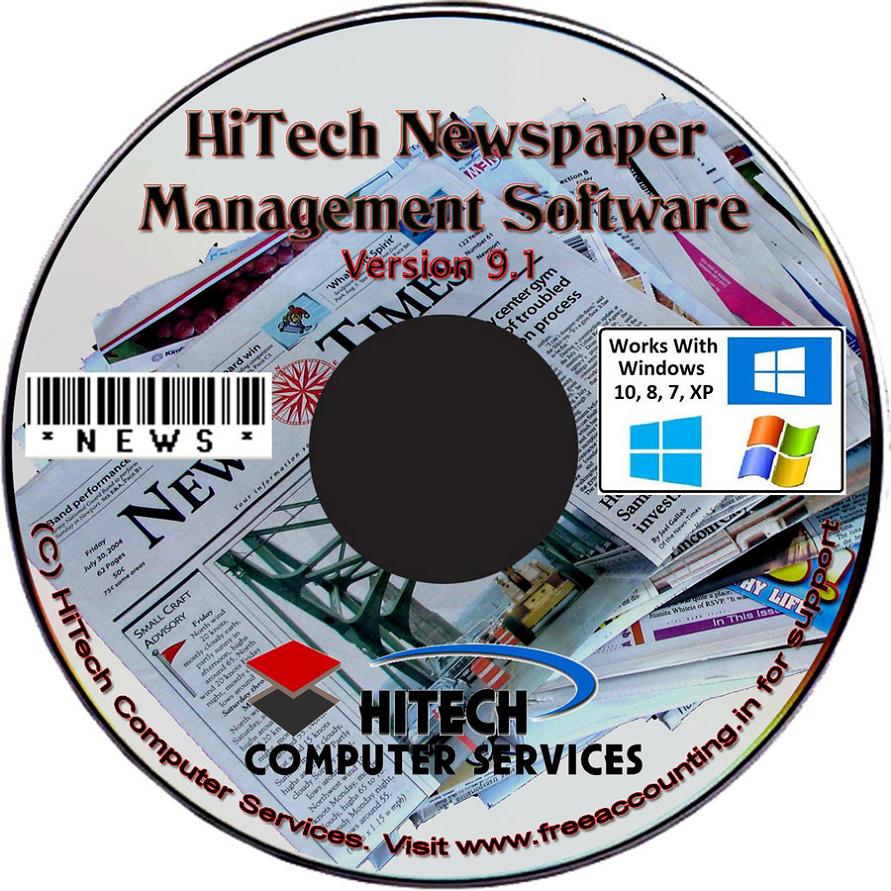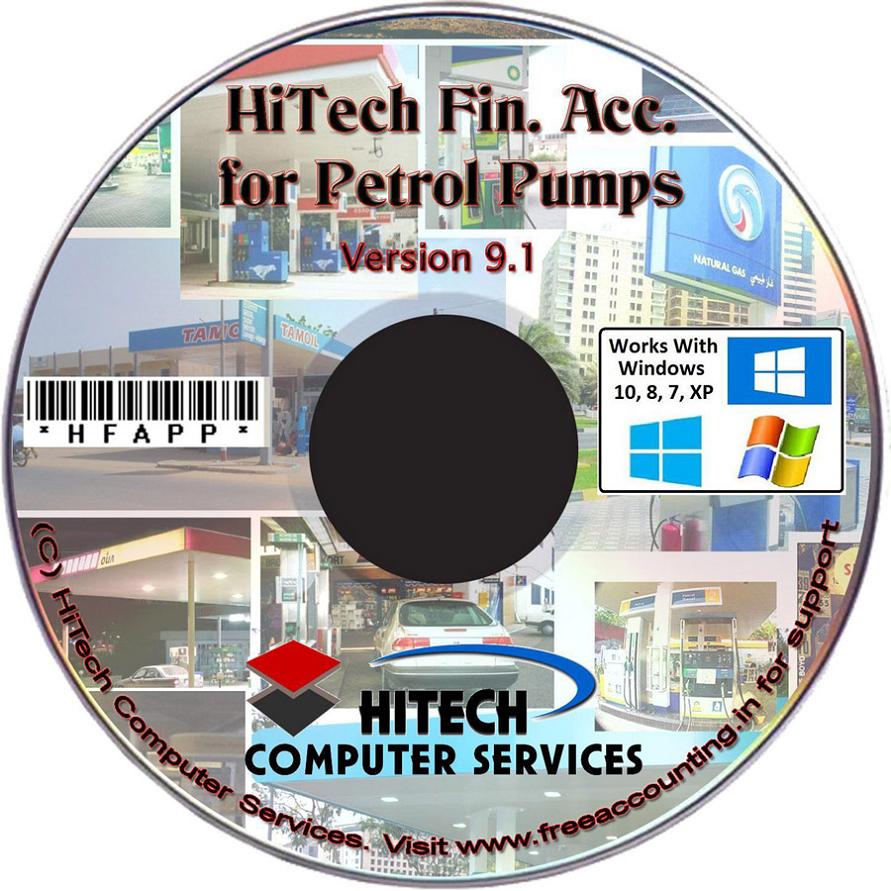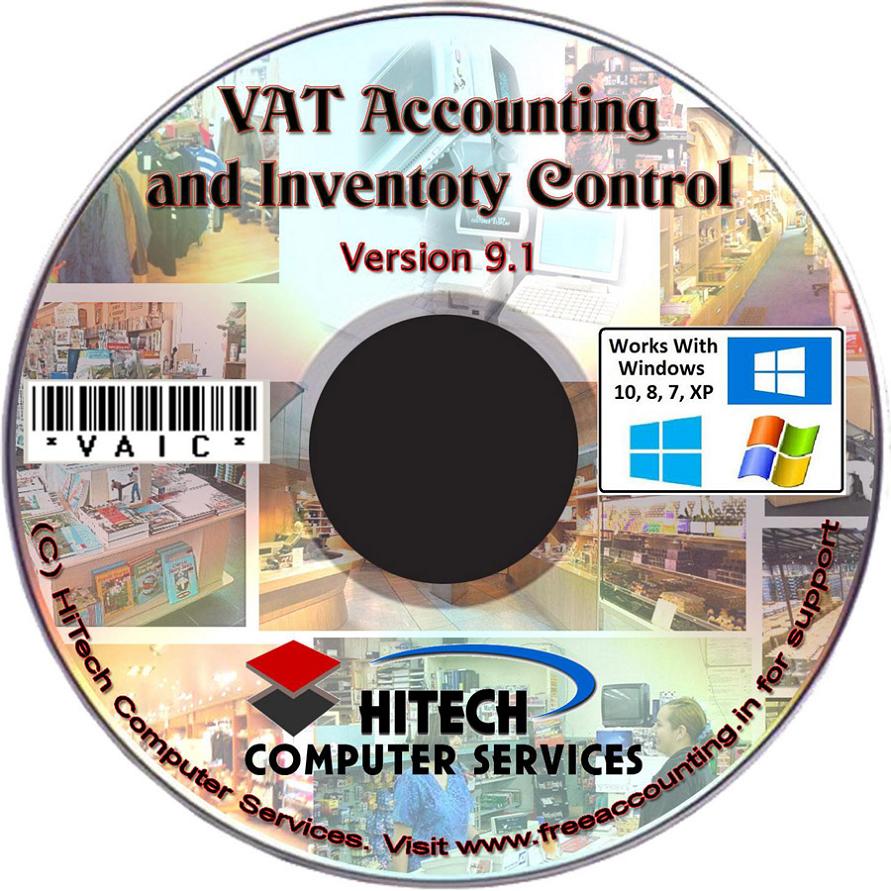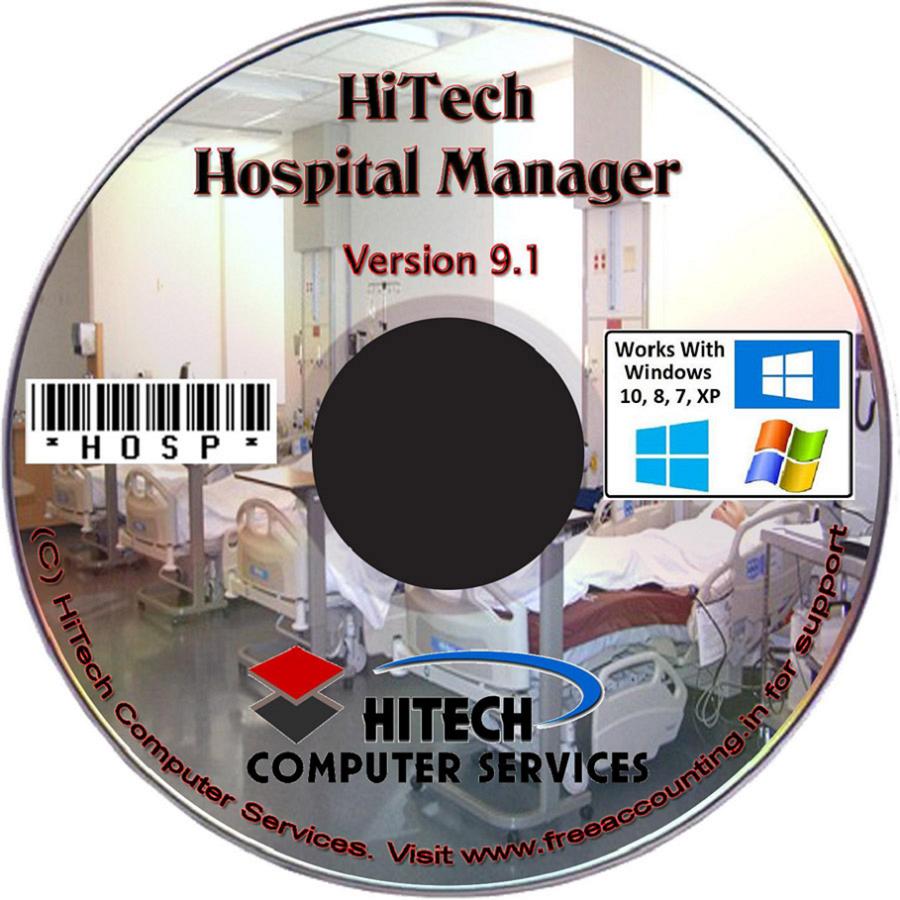Banking is an important aid to business. Finance which is the foundation of
every business activity is provided by banks. Banks are thus regarded as
indispensable spokes in the wheels of commerce.
A bank may be defined as an
institution which deals in money. Banks draw surplus money from the people who
are not using it at the time and lend to those who are in a position to use it
for productive purposes. Banker is not merely a money lender. He lends what he
has borrowed from others.
There are three main types of
accounts which a person can open with a bank, namely, fixed deposit, savings
bank deposit and current accounts.
Fixed deposit account
A customer can deposit his money
with a bank for a fixed period. Such an account is called 'Fixed Deposit
Account' . The period in fixed deposit account usually varies from three months
to five years. The amount deposited cannot be withdrawn before the expiry of the
fixed period. The bank normally allows as higher rate of interest on fixed
deposits. The rate of interest increases with the period of deposit.
Saving Bank Account
A saving bank account provides
limited withdrawal facility and carries a moderate rate of interest on deposits.
Interest is allowed on the savings bank account on the lowest credit balance
kept in a particular month.
Current Account
A current account may be defined as
a running account between a banker and a customer. Customers can deposit money
into or withdraw money from a current account whenever they like. There are no
restrictions to the number of withdrawals, subject, however, to the minimum
credit balance to be kept as per the rules of the bank. As a rule no interest is
allowed on a current account An exception however is sometimes made if the
credit balance in a current account is not allowed to fall below a prescribed
figure.
In order to open a current account
one has to fill in a prescribed application form. The bank usually insists on
such person of business enterprise being introduced by an existing customer of
the bank or other reputed businessman. If the bank is satisfied with the
introductory references, then it will proceed with opening of the account. The
specimen signatures of the client are usually taken or pasted on separate cards
which are alphabetically filed for ready referenced to verify the signatures
whenever the need arises. If a company wants to open a current account with the
bank, the following documents have to be submitted to the bank:
(i) A certified copy of the
resolution of the Board of Directors for the opening of the account.
(ii) A copy of the certificate of
incorporation and cerificate of commencement of business.
(iii) A copy of the Memorandum and
Articles of Association of the company.
(iv) Specimen signatures of the
person authorized to operate the banking account on behalf of the company.
If society or club wishes to open
an account, it must submit a copy of its certificate of registration, a copy of
its bye-laws, a copy of the resolution of the managing committee for the opening
of the account, and the specimen signatures of the person who will operate the
account. In the case of a partnership the application for the opening of the
bank account is accompanied by a copy of the partnership deed.
The advantages of opening an
account with the bank are :
1. The money remains with the bank
in safe custody. Therefore, the risk of keeping large sums of money in the
office is avoided.
2. The bank collects on behalf of
the customers the amount of all cheques, bills of exchange etc. deposited in
.the bank.
3. The bank collects on behalf of
the customer dividend on shares, interest on debentures etc. It also makes
payment on behalf of the customer the premium on life insurance.
4. The bank allows interest on a
certain rate on cash placed in its keeping.
5. The bank allows the customer to
overdraw his account, and thus renders financial help to the customer.
6. Valuables, deeds, securities
etc. can also be deposited with the bank for safe custody.
7. The payments by the merchants to
the creditors are greatly facilitated as these are made by means of cheques.
Also the cheques serve as an evidence of payment in case of disputes.
When the application of the
customer is accepted, it issues to him:
(i) Pay-in-slip book, and
(ii) Cheque book.
The old practice was to give to the
current account holders a pass book, which is a copy of customers account in the
ledger of the bank. The modern practice, however, is to send to the customer at
the end of each month a bank return which is a copy of the customer's account
with the bank for the relative month.
Pay-in-slip book
Contains a number of blank pay-in-
slips. These slips have perforated counterfoils. The customer who intends to
deposit the money or cheque into the bank has to fill up the pay-in-slip and
hand over to the cashier along with the money or cheque. The clerk signs and
stamps the counterfoil which is evidence of the deposit.
Cheque Book.
When a trader wants to discharge
his debts he signs a written order on his bank authorizing the bank to pay a
certain sum of money-to his creditor. The order is known as 'chcque'. A cheque
may be defined as an unconditional order drawn upon a specified banker, signed
by the maker, directing the banker to pay on demand a certain sum of money
only to the order of a person or to the bearer of the instrument.
Cheques are drawn on printed forms
made up into books and are supplied by the bank to the customer whenever
required.
Parties to a Cheque
There are three parties to a
cheque:
(i) Drawer.
The person who draws the cheque is
known as the drawer. The person in whose name the account stands is. the drawer.
(ii) Drawee
The bank on which the cheque is
drawn is known as the drawee. A cheque is always drawn on a bank.
(iii) Payee.
The person in whose favor the
cheque is made payable is the payee. If the cheque is drawn payable to self, the
drawer himself would be the payee of the cheque.
Before the bank makes payment on
the cheque, it ensures itself that the cheque is in order. The bank must verify
the signature of the drawer. The bank ensures that amount written in words
tallies with the amount written in figures. If it does not the bank is at
liberty to refuse payment of the cheque. There should not be any material
alteration on the cheque. All material alterations must be initialed by the
drawer. The bank will also see that the customer has sufficient funds out of
which the payment of the cheque is to be made. If the bank is satisfied about
all these points it is only then that it will make the payment.
Bearer and Order Cheques.
A cheque may be made payable to a
bearer or to order. A bearer cheque may be made payable to the bearer i.e. it
can be encashed by any person who presents it to the bank for payment. The bank
is under no obligation to ascertain that the payment has been made to the right
person. An order cheque on the other hand is made payable to a particular person
or order. An order cheque can be transferred only by endorsement and delivery.
Crossing Cheque
When a cheque is to be sent through
post, it is desirable to draw two parallel lines with or without the words "
& Co." between the lines. This is called crossing the cheques. Crossed
cheques cannot be encashed at the counter but can be collected only by a bank
from the drawee bank. If the payee has no banking account, he must get a person
possessing a bank account to cash that cheque for him. Crossing thus provides a
protection and safeguard to the owner of the cheque as by securing payment
through a banker it can be easily detected to whose use the money is received.
Crossing may be general or special.
A general crossing is one where two parallel lines are drawn across the face of
a cheque with or without the words' & Co.' but not including the name of a
bank.
Where a cheque is crossed
generally, the paying banker shall not pay it except to a banker. Sometimes the
words 'Not negotiable' appear in crossing. These two words do not meem that the
cheque cannot be transferred. It simply means that the person holding such a
cheque gets no better title than that of his transferor and cannot convey a
better title to his own transferee. Sometimes the words 'Account Payee only' are
inserted between two parallel lines constituting a crossing. This is a direction
to the collecting banker to collect the cheque and to place the amount to the
credit of the payee only.
A special crossing is one which
requires the name of the bank to be added across the face of the cheque
either with or without the words 'not negotiable'. A special crossing makes the
cheque more safer than a general crossing because the payee or holder cannot
receive payment except through the banker named on the cheque. Special crossing
may take anyone of the following forms.
Endorsement
Endorsement is the act of signing a
cheque for the purpose of transferring it to somebody else. Under Negotiable
Instruments Act it means the writing of ones name on the back of the instrument
or any paper attached to it with the intention of transferring the rights
therein. A bearer cheque can be transferred by mere delivery but an order cheque
is transferred by endorsement and delivery. Endorsements are usually made on the
back of the cheque, though they can be made on its face as well. If, however, no
space is left on the instrument, it may be made on a separate paper attached to
it.
Endorsement on the cheque must be
made in proper fashion, otherwise the bank will not pay it.The endorser' must
sign his name exactly as it has been written on the cheque. He must sign his
name with the same spellings as already appear on the cheque. He may, if he,
likes put down the correct spellings after he has signed in the manner already
appearing on the cheque. Where a cheque is endorsed on behalf of a company, a
firm or some other institution, the person signing the endorsement must so sign
as to make it clear that he is so doing on behalf of the company or the firm and
not in his personal capacity.
Dishonor of Cheques
When the bank' refuses to make the
payment of the cheque, the cheque is said to be dishonored. The cheque is
dishonored due to the following reasons:
(I) When the customer has died and
the bank has notice of his death.
(2) Where the customer has become
insolvent or an order of adjudication has been passed against him.
(3) When the bank has received an
order from the court prohibiting payment out of the funds belonging to the
customer.
(4) When a customer becomes a
lunatic and the banker has got notice of his insanity.
(5) Where the drawer countermands
payment.
(6) When the customer has not got
sufficient funds with the bank and there is no overdraft arrangement.
(7) Where there are material
alterations or signatures of the drawer or endorsees are irregular.
(8) Where the cheque is presented
before the ostensible date or six months after the date of the cheque.
A slip is generally attached with
the dishonored cheque by the bank stating the reasons of dishonor.
Effects not cleared =The proceeds
of the cheques or bills paid in by the drawer have not been collected and
credited to the drawer's account.
Payment stopped = Notice to stop
payment having been received from the drawer.
Endorsement irregular = The
endorsement by the payee on the back of the cheque not having been properly
made.
Bank Pass Book
The bank gives to its customers a
pass book or a statement of account. Pass book or statement of account is a copy
of the customers account in the books of the bank. The bank keeps the customer
informed of the entries made in its books. The customer is expected to compare
the pass book with the cash book (bank columns) and to inform the bank
immediately regarding the errors that may have come to his notice.
The statement of account is similar
to the pass book with the only difference that it is on loose sheet. The
statement of account is sent by the bank to the customer of its own whereas it
is the customer's duty to send the pass book to the bank for being written
up-to-date. Recording banking transactions Banking transactions are recorded in
three column cash book. However, jf the triple column cashbook is not maintained
the transactions would be journalised. The journal entries are as follows:
Current Account
When cash is deposited in the
bankBank accountTo Cash account(for cash deposited into bank)
When cash is withdrawn from bank
for use in business.
Cash account ...Dr.
To Bank account (for cash
withdrawn.)
When payment is made to creditor by
cheque to settle his account.
Creditor's account ...Dr.
To Bank account (for cheque
issued-to settle his account.)
When an expenditure is met by the
issue of cheque.
Expense account ....Dr.
To Bank account (for expenses paid
by cheque)
When cheque is issued to meet the
personal expenses of the proprietor.
Drawings account ...Dr.
To Bank account (for cheque issued
to meet personal expenses.)
When cheque or draft is received
from a party.
Cash account ...Dr.
To Personal account (for cheque
received)
When cheque or draft received is
paid into the bank.
Bank account ...Dr.
To Cash account (for cheque
received paid into bank)
When cheque or draft is received
from a party and is paid into the bank the same day.
Bank account...Dr.
To Personal account (for cheque
received and paid into bank)
When a customer pays the money
directly to the bank.
Bank account...Dr.
To Customer's account (for payment
made by a customer directly into the bank)
When a cheque or draft is received
from one party and is endorsed in favor of someone' else.
Endorsee's personal account
...Dr.
To Payee's personal account (for
cheque received from - endorsed over to -.)
When bank debits the customer's
account with the incidental or collection charges.
Bank charges account...Dr.
To Bank account (for bank charges
charged by bank)
When bank credits customer's
account with interest.
Bank account ...Dr.
To Interest account (for interest
credited by bank)
When cheque is dishonored
Personal account (Party from whom
cheque was received)
To Bank account ...Dr.
(if it was sent to bank)
To Endorsee's personal account (If
the cheque was endorsed)
When draft is purchased from bank
and sent to some one. Personal account ...Dr.
Bank charges account ...Dr.
To Cash account (for draft
purchased and sent to-)
Fixed Deposit Account
When amount is deposited in fixed
deposit account.
Fixed deposit account ...Dr.
To Cash account (for cash deposited
in fixed deposit account)
When fixed deposit is made by
the issue of a cheque.
Fixed deposit account ...Dr.
To Bank account (for cheque issued
and deposited into fixed deposit)
When interest becomes due on fixed
deposit.Fixed deposit accountTo Interest account(for interest due on fixed
deposit account)
When cash is received on
realization of fixed deposit.
Cash account ...Dr.
To Fixed deposit account (for cash
received on realization of fixed deposit)
When the amount of fixed deposit is
paid in the bank current account.
Bank account ...Dr.
To Fixed deposit account (for fixed
deposit amount on realization paid into bank account)
Savings Bank
When money is paid in savings bank
account.
Savings bank account ...Dr.
To Cash account (for cash paid into
savings bank account)
When interest is due.
Savings bank account ...Dr.
To Interest account (for interest
credited by bank)
When cash is withdrawn from bank
Cash account ...Dr.
To Saving bank account (for cash
withdrawn from bank)
Bank Loan
When loan is given by bank in cash
Cash account ...Dr.
To Bank loan account (for loan
withdrawn from bank)
When the amount of loan is credited
by bank in current account.
Bank account ...Dr.
To Bank loan account (for loan
credited by bank in 'current account)
When interest becomes due on loan.
Interest account to Bank loan account (for interest due on loan)
When loan is repaid.
Bank loan account ...Dr.
To Cash account (if paid in cash)
To Bank account (if repaid by
cheque).





 Send Email Now
Send Email Now VAT Ready
VAT Ready




